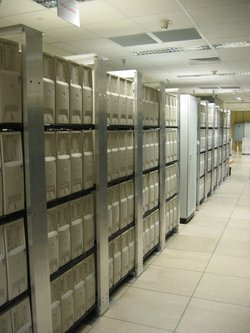Main Menu
Introduction
Supercomputer Timeline
How does it work?
Types of Supercomputers
What are Supercomputers used for?
Conclusion
Works Cited
Types of Supercomputers
There are three main categories of general purpose supercomputers: Vector processing machines, tightly connected cluster computers, and commodity computers. Vector processor, or array processor, is, “a CPU that is able to run mathematical operations on a large number of data elements very quickly.” A vector processor is opposite of a scalar processor, which can only do one element at a time. Vector processors were common in the scientific sector of computing, that’s where they invented the basis of most supercomputers through the 1980s and some of the 1990s. However, now since the increase in performance and processing speed, the “dedicated vector processors” are now an old pastime. In today’s supercomputers, almost all CPU’s include some vector processing instructions usually known as SIMD.(Wikipedia)
A computer cluster is “a group of connected computers that work together as a unit.” There are basically four types of clusters: Director-based clusters, Two-node clusters, Multi-node clusters, and Massively parallel clusters. One of the most popular examples is a cluster with “nodes” running Linux as the operating system and free software to “implement the parallelism.” This example is often referred to as a “Beowulf cluster.” “Sun Microsystems” has also made a cluster product called, “Grid Engine.” “Open SSI,” is another cluster that provides, “single-system image” capabilities. Director-based clusters and Beowulf clusters are usually used for performance reasons, and two-node clusters are usually used for fault-tolerance.(Wikipedia)
Commodity clusters are, “A large number of commodity PC’s interconnected by high-bandwidth low-latency local area networks.(Wikipedia)
